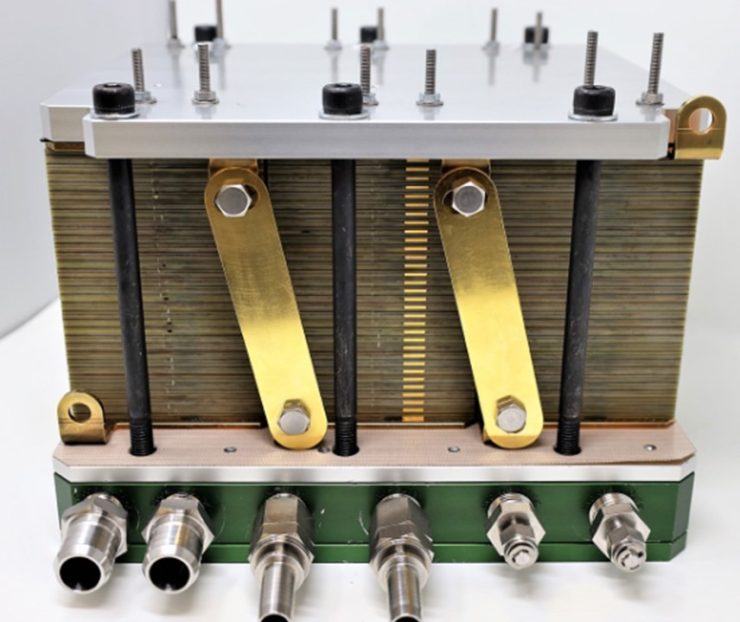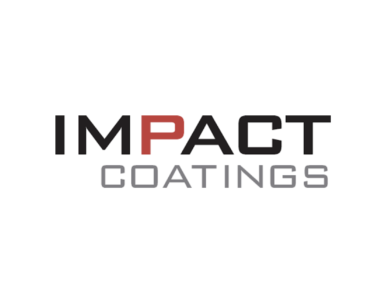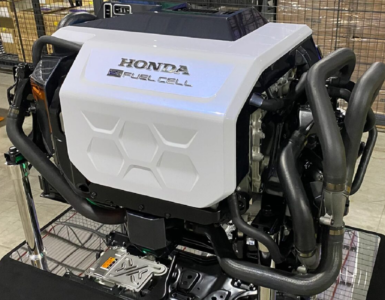Marine trials for hydrogen fuel cell made with PCB technology.
Bramble Energy’s PCB Fuel Cell is designed to provide a zero-emission alternative for diesel-powered vehicles and portable generators that can be made up by printed circuit board factories around the world to save costs and time to market.
Trials of the innovative fuel cell on a remotely controlled robot boat, which are believed to be a world first, are due to start in the coming months in partnership with Sea-Kit International, a leading manufacturer of uncrewed surface vessels (USVs).
The £1.37m project won £964,000 in funding from the Department for Transport through the Clean Maritime Demonstration Competition in September 2021 but was delayed due to global supply-chain issues.
🔥 What about we co-host a webinar? Let's educate, captivate, and convert the hydrogen economy!
Hydrogen Central is the global go-to online magazine for the hydrogen economy, we can help you host impactful webinars that become a global reference on your topic and are an evergreen source of leads. Click here to request more details
Sea-Kit USVs have a dual diesel-electric hybrid drive, which is propelled by an electric motor powered by battery banks that are charged by two onboard diesel generators.
The project will replace one of the diesel generators on the Maxlimer USV with a PCB Fuel Cell. The vessel will operate using this engine alone during the demonstration.
Vidal Bharath, chief commercial officer at Bramble Energy, said:
It will be installed and tested, based on the testing protocol that we have agreed upon.
“[The USV] will be running its typical operation but under surveillance, so we’ll see how it is performing.”
He said the trial will take place in UK waters, and further trials that could include fuel cells with a higher power in the range of “tens of kilowatts” were potentially in prospect, with development expected to take “months not years”.
“We’re hoping that we [will become] a long-term partner with Sea-Kit,” he said. “We would also like to do other projects in the maritime industry. This technology is agnostic to the application, so it’s a solution for everything from leisure craft all the way up to cruise ships.”
Bramble Energy also secured £35m of Series B investment in March 2022 to develop the PCB Fuel Cell, which is already being used to produce a portable fuel cell generator in partnership with industrial gas multinational BOC, and to power portable industrial lighting towers for Taylor Construction Plant.
Bharath said all components of the PCB Fuel Cell are made from the laminate that is used for the green motherboard of printed circuit boards with the exception of the membrane that forms its “electro-chemical heart”.
“That allows us to leverage the manufacturing capacity of the printed circuit board industry worldwide because we make our fuel cells using standard components and techniques,” he said. “We can then leverage that manufacturing maturity and scale in order to get our costs down.
“And most importantly, it has an adaptable form factor, so we can fit existing applications. We supply one black box component and that is called the Membrane Electrode Assembly (MEA). We make it ourselves … and we can tailor it to the customer’s requirements.”
A new type of hydrogen fuel cell made from the laminate of computer motherboards has been developed by a British start-up to accelerate the shift to net zero, September 26, 2022








